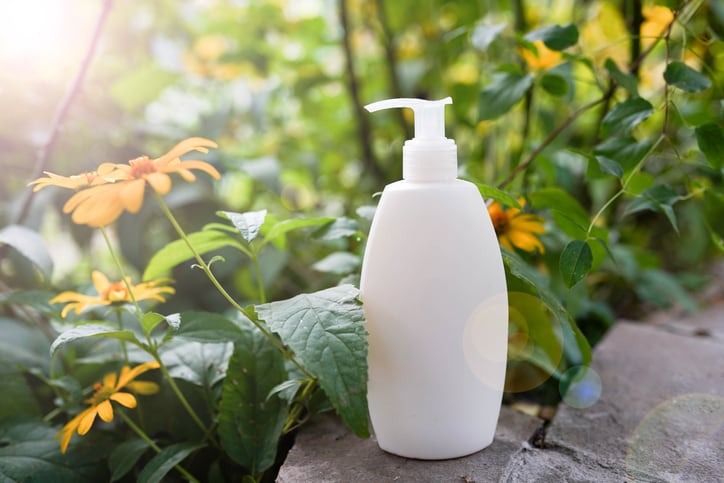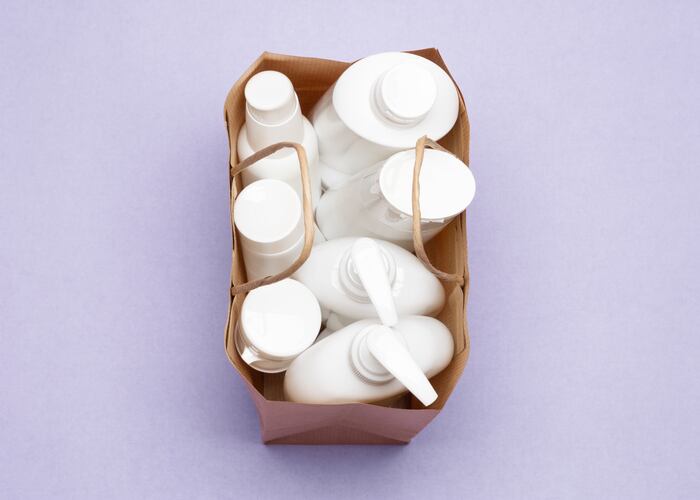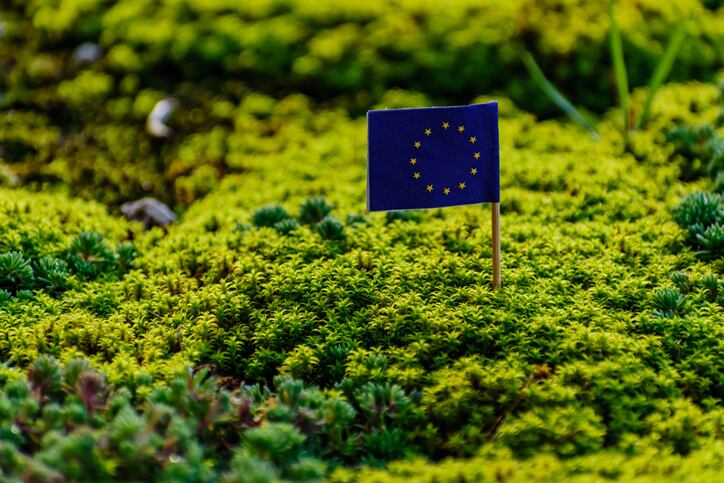Developed by the British Plastics Federation (BPF), in conjunction with the CTPA and Food and Drink Federation (FDF), the Recycled Content Used in Plastic Packaging Applications guidelines provided answers on how to measure recycled content and highlighted “important regulatory and technical considerations” when incorporating recycled materials into final packaging, the CTPA said.
Current regulations and technical constraints meant it remained impossible to incorporate recycled materials into many types of plastic packaging, largely due to rigorous safety requirements in place to protect human health. Whilst the guidance had been developed as a tool for industry, it also aimed to help policymakers better understand the sector-specific issues,” the trio of industry federations behind it said.
Unlocking sustainable innovation
Christine Lawson, sustainability and technical affairs manager at CTPA, said the guidance was particularly important for a “fast-moving and incredibly innovative” cosmetics and personal care sector.
“It will inform and help companies build-in decisions from the early stages of product development to create the most sustainable ways of presenting products with minimum environmental impact and enhancing circularity of resources,” Lawson said.
Packaging and recyclability of a product played a “vital part in consumer choice”, she said, and so the guidance was particularly timely.
Barry Turner, plastics and flexible packaging group director at the BPF, said the work aimed to ultimately assist industry in maximising use of recycled content and bring businesses closer to target circular economy models.
“The inclusion of recycled materials in packaging can have environmental benefits of resource efficiency and carbon savings,” Turner said.
Just last month, the European Commission adopted its latest Circular Economy Action Plan for Europe – part of its wider European Green Deal published late last year.
Debunking regulation and measuring recycled materials
All cosmetic products manufactured and supplied in the UK and across the EU were governed by the Cosmetics Regulation (EC) No. 1223/2009 and its amendments.
The guidance document acknowledged that whilst there were “no specific regulations governing the inclusion of recycled content in cosmetic products”, this Regulation implied that packaging purity and stability had to exist to ensure the safety of final products. There were also other EC regulations in place that had to be considered when working with recycled materials in packaging, including the REACH Regulation and EC Directive on Packaging and Packaging Waste, among others, it said.
In terms of measuring recycled content, the guidance said there was “no widely agreed method” but suggested “the only practical way” was to measure and audit a business on a mass balance basis, according to polymer type across individual sites rather than individual SKUs.
Mass Balance, as per the Ellen MacArthur definition, was “a consideration of the input, output, and distribution of a substance between streams in a process or stage” it said.
Plastic promises in a ‘new era of transparency’
A wealth of beauty and personal care brands worldwide had already made extensive plastic reduction pledges, with many opting to slash virgin plastic use and incorporate recycled materials or alternatives like paperboard.
Unilever, for example, last year pledged to halve virgin plastic use across its entire portfolio by 2025, either cutting use completely or using alternatives like cardboard, bamboo and recycled materials. The Body Shop also planned to replace all recycled PET with Fair Trade plastic within three years.
Conversation on sustainable packaging development in cosmetics and personal care was high up on the agenda at last year’s ADF/PCD Paris event too, with a plethora of talks focused on the issue.
In one session, Aude Charbonneaux, sustainability manager at packaging specialist Albéa Group, talked about how improving packaging circularity had to be done responsibly and collectively. “We are in a new era of transparency. So, everything we do – all the decisions we make, all the providers we work with – all of this is under the spotlight,” Charbonneaux told attendees.
Industry, she said, had to aim for circularity but the future also required better lifecycle analysis and recycling capabilities.
Bioplastics innovation 'poorly covered' in cosmetics
A recent report from Clarivate Analytics on bioplastics innovation – scanning global patent filings across food, drink and cosmetics – concluded bioplastics innovation in cosmetics was “particularly poorly covered”. Findings showed patents specifically for cosmetics to be significantly behind food and drink innovations.
Ed White, head of analytics at Clarivate and co-author of the report, told CosmeticsDesign-Europe this was somewhat surprising because of strong consumer pressure around sustainability.




